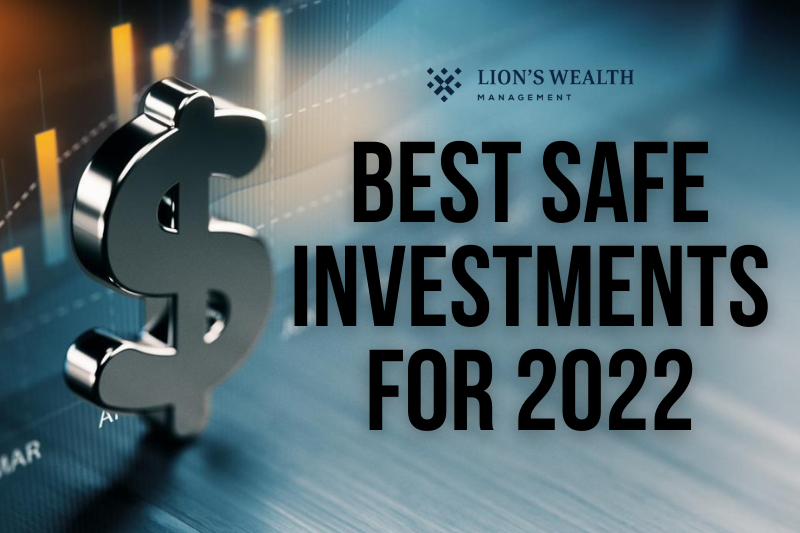
Inflation is rampant and ubiquitous today, from the gas pump to the grocery store. The U.S. consumer price index has quadrupled in the past year, from a 1.7% annual rate in February 2021 to 7.9% this past February, a 40-year high.
Consumers aren’t alone in feeling the painful impact of higher prices. For a generation of investors who rarely had to worry about inflation eroding their wealth, the past year’s spike marks a major change—and ought to prompt a re-evaluation. Specifically, investors should consider adjusting their bond and stock holdings to manage inflation’s impact, while adding commodities and real assets to their portfolios.
BONDS
Bond funds are collections of these corporate bonds from many different companies, usually across many industries and company sizes. This diversification means that a poorly-performing bond won’t hurt the overall return very much. The bond fund will pay interest on a regular basis, typically monthly.
CASH
Investors also shouldn’t neglect cash, especially in light of the market’s recent volatility. Rates on certificates of deposit are inching higher, although they are still far below the rate of inflation. Besides, cash could come in handy in the event of another big market selloff.
A cash management account allows you to put money in a variety of short-term investments, and it acts much like an omnibus account. You can often invest, write checks off the account, transfer money and do other typical bank-like activities
So the cash management account gives you a lot of flexibility.
STAPLES
Consumer staples stocks are a traditional safe haven from uncertainty, which has already proven to be more than abundant in 2022.
There’s admittedly a lot of uncertainty when it comes to consumer spending right now. However, consumer staples are one segment of the stock market that tends to be insulated from the broader challenges that face furniture retailers, restaurants, auto dealers or other operators. While sometimes boring in their business model, these steady stocks can provide a strong foundation for any portfolio.
UTILITIES
utilities enter 2022 in a strong position to minimize the harm inflation might cause. Lower-for-longer interest rate policy and benign inflation during the last decade has allowed utilities to strengthen their balance sheets, improve regulation, and set aggressive growth plans with minimal customer rate impact. In addition, utilities head into 2022 as one of the few attractive income options for investors. The sector’s 3.3% average dividend yield is 180 basis points above the 10-year U.S. Treasury yield as of late December, an historically attractive premium. If higher interest rates ward off inflation, utilities should continue producing 7%-9% total returns for investors in 2022 and beyond.
COMMODITIES
With increased inflationary concerns, the specter of rising interest rates and elevated geopolitical concerns, commodities-focused funds have been in vogue in 2022.
Commodities, meanwhile, just had their best quarter in 30 years, rising 29%, as measured by the S&P GSCI benchmark. The gains stemmed from supply-and-demand dislocations created by the COVID pandemic, with supply chains further disrupted by the war in Ukraine and Western sanctions on Russia.
Commodities ETFs have provided a safe haven for investors thus far in 2022. During the record-setting year of net inflows in 2021, ETFs that invested directly or in futures contracts tied to the price of precious metals, energy, agriculture, or a diversified basket of commodities missed out with investors significantly favoring equity or fixed income products. However, with increased inflationary concerns, the specter of rising interest rates, and elevated geopolitical concerns, commodities-focused funds have been in vogue in 2022.
There are no such things as completely risk-free investments. Even the safe investments listed above come with risks, like loss of purchasing power over time as inflation rises. The key is to consider your own individual needs and put together a portfolio that offers sufficient stability while still allowing you to take advantage of growth over time.
Balance is the key here, and much depends on an investor’s age, risk tolerance, and existing portfolio. For example, a young investor can stick primarily with stocks, whereas a retiree already drawing down a portfolio might want more direct inflation protection, including inflation-linked and shorter-duration bonds, commodities, and real estate investment trusts.
The commentary presented herein contains the opinions of Lions Wealth Management, Inc., a State of Minnesota Registered Investment Advisor. This information should not be relied upon for tax purposes and is based upon sources believed to be reliable. No guarantee is made to the completeness or accuracy of this information. Lions Wealth Management, Inc. shall not be responsible for any trading decisions, damages, or other losses resulting from, or related to, the information, data, analyses or opinions contained herein or their use, which do not constitute investment advice, are provided as of the date written, are provided solely for informational purposes, and therefore are not an offer to buy or sell a security. Investments in securities are subject to investment risk, including possible loss of principal. Prices of securities may fluctuate from time to time and may even become valueless. This information has not been tailored to suit any individual.
